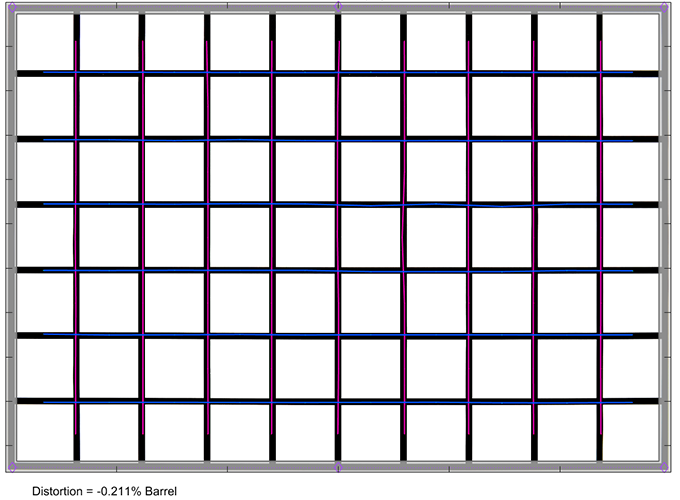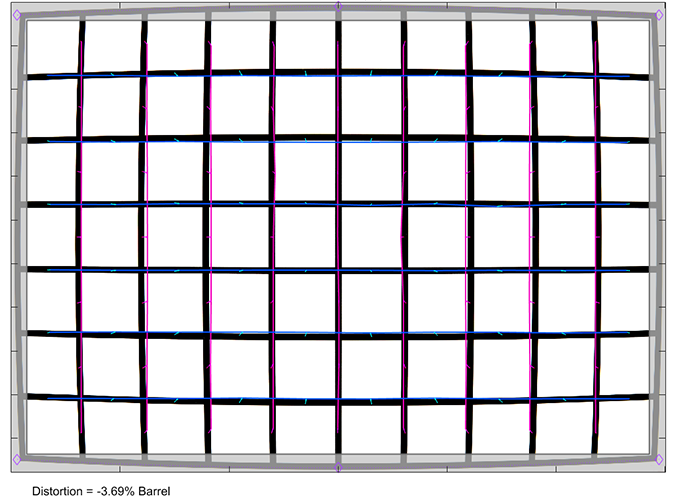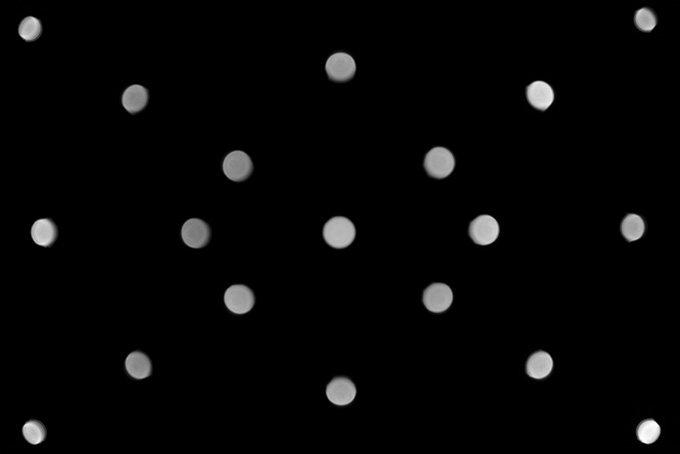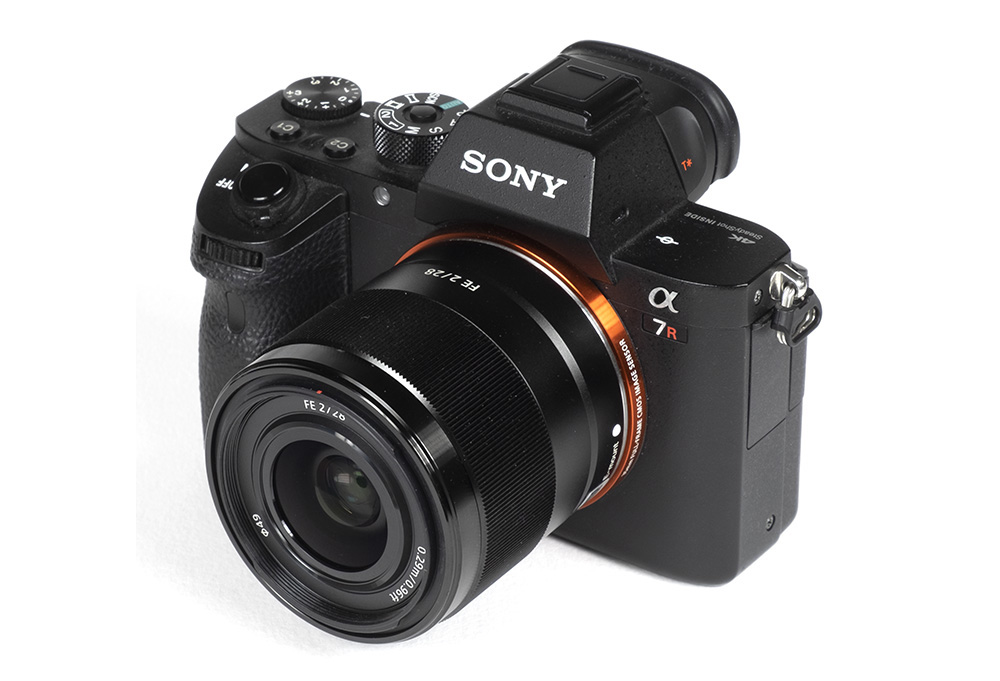by Klaus Schroiff, published February 2020
Introduction
It may seem a bit strange but these days full-format 28mm prime lenses are almost exotics. The unpopularity probably relates to the perception that such lenses aren’t wide enough for landscapes or architecture and too wide for everything else. Some manufacturers don’t even bother to offer one at all or the designs are as old as time itself – instead, all the rage is either about 24mm or 35mm primes. Anyway, at least Sony IS still offering a quite fast FE 28mm f/2. It’s also one of the more affordable Sony FE prime lenses at around 450USD/400EUR.
As you can see in the product images, it is a very compact lens despite its comparatively high speed. It’s a rather simple being but the build quality is very good. The body is made of metal including the mount and focus ring. The weight is surprisingly low at just 200g and subjectively it may not feel overly “dense”. Despite the low price tag, it has a dust- as well as splash-proof construction. The size remains constant throughout the focus range. The focus ring operates smoothly. A petal-shaped lens hood is part of the package.

The Sony lens uses a linear motor for autofocusing. There isn’t much glass to shift around so the AF speed is reasonably fast as well as noiseless. Manual focusing works “by wire” thus you drive the AF motor when turning the focus ring in manual mode. This works nicely and allows for precise focusing.
A curious aspect of the Sony FE 28mm f/2 is the ability to front-mount conversion lenses for transforming the combo either into a 16mm fisheye (180 degrees) or a 21mm ultra-wide-angle lens. Interestingly this is a similar concept to the old Sony E 16mm f/2.8 for APS-C cameras back in the days of Sony NEX cameras. Similarly, you shouldn’t expect too much in terms of achievable quality though.
| Specifications | |
|---|---|
| Optical construction | 9 elements in 8 groups inc. 1xAA, 1xaspherical, 2xED elements |
| Number of aperture blades | 9 (rounded) |
| min. focus distance | 0.29m (max. magnification 1:7.69) |
| Dimensions | 64x60mm |
| Weight | 200g |
| Filter size | 49mm |
| Hood | petal-shaped (bayonet mount, supplied) |
| Other features | dust & moisture resistant, lens converters |
| Mount | Sony FE |
Distortion
The Sony FE 28mm f/2 is one of the few lenses where Sony prohibits the deactivation of the automatic distortion compensation in the camera. Thus normally, users will just experience near-distortion free images (0.2% barrel distortion).
Despite Sony’s coding, it’s still possible to reveal the native distortion characteristic – e.g. in CaptureOne. It’s not terrible at 3.7% but, of course, nothing that Sony can be overly proud of.


Vignetting
The native vignetting of the lens is on the high side at 2.9EV (f-stops) at maximum aperture. Stopping down to f/2.8 helps but if possible stop down to at least f/4. The issue isn’t negligible at any setting though.
Thus it’s a good idea to leave image auto-correction activated for this aspect as well. However, even so, the light falloff remains very noticeable at f/2, less so beyond.

MTF (resolution)
The resolution is a bit of a mixed bag. The center is very good at f/2 but the quality drops rapidly the more you approach the corners. The near-center is good whereas the outer image field is dismal for a prime lens. Stopping down to f/2.8 improves the broader center quite a bit whereas the borders/corners remain soft. The situation changes at f/4 with a great central performance and a good to very good outer zone. The overall peak performance is reached at f/5.6. Diffraction sets in at f/8 with an impact on the image center and there’s a global decrease in quality at f/11. f/11 remains very usable though.
The centering quality of the tested sample was Ok.
Please note that the MTF results are not directly comparable across the different systems!
Below is a simplified summary of the formal findings. The chart shows line widths per picture height (LW/PH) which can be taken as a measure for sharpness. If you want to know more about the MTF50 figures you may check out the corresponding Imatest Explanations

Chromatic Aberrations (CAs)
Image auto-correction will take care of lateral CAs (color shadows at the image borders). It’s a lossless procedure so it doesn’t have any negative impact.
However, the native CA characteristic is just mediocre especially considering that this is a recently designed prime lens. The CAs can be noticeable at f/2 with a width of ~1.7px on the average at the image borders – and more so in the corners.

Bokeh
According to Sony, the lens has been optimized to delivering a very smooth bokeh (out-of-focus blur). We’d at least partially agree with that.
When looking at the focus transition zones, the bokeh is very silky image background (shown to the left below). The less critical foreground blur (to the right) is almost as good.

Out-of-focus highlights aren’t quite as clean though. As you can see below, the inner discs have a busy substructure which is not ideal. However, the disc edges are nicely feathered though and the circular disc shape remains mostly intact at f/2.8 and also at f/4.

As usual, the shape of the discs deteriorates towards the edge of the image field – this is a mechanical vignetting effect related to the diameter of the lens opening. The deterioration is visible from the midfield but remains on a relatively moderate level at the borders. Stopping down to f/2.8 restores the circular highlight shape for most of the image field, more so at f/4.



Sample Images
Competition
As already hinted in the introduction, direct competitors to the Sony FE 28mm f/2 (shown to the left below) don’t exist. If you can live with something a little wider, there are some alternatives though. A pricey option is the Zeiss Batis 25mm f/2 (center) … which is certainly superior to the Sony lens but at the triple price tag, it better should be. A little bit more affordable but also slower is the Samyang AF 24mm f/2.8 FE (to the right). Thanks to the slower max aperture it is also substantially more compact and roughly in the same performance league, it seems. There’s also the new Tamron 24mm f/2.8 Di III OSD (not shown) which received quite some praise out there.

Visual comparison courtesy of camerasize.com.
The Sony FE 28mm f/2 may be a prime lens but it's quite obvious that Sony had (or wanted) to cut a couple of corners in order to save costs. The resolution characteristic isn't overly harmonious to say the least. The lens may be sharp at medium aperture settings but has a substantial border/corner weakness at f/2 and f/2.8. Of course, you may argue that this isn't really overly important for shallow depth-of-field photography but it's hardly impressive for a prime lens in any case. If you operate the camera with activated image auto-correction, you won't notice drastic weaknesses beyond this. However, both the original image distortions as well as vignetting are on the high side. Lateral CAs aren't all that hot either for a contemporary lens. The quality of the bokeh is one of the better aspects. The rendition of out-of-focus highlights is a little rough but the general blur is very smooth.
The lens may not feel like much due to its low weight but objectively there isn't anything to complain about the build quality. An all-metal body and a smooth focusing ring are good base ingredients and adding a constant length as well as the dust- and moisture-sealing makes it a very decent package. The AF is also reasonably fast and, typical for most Sony lenses, noiseless. Sony skipped the implementation of an optical image stabilizer but this would have been unusual in this lens class anyway.
The reason for the existence of a prime lens should be that it offers something "more" over a zoom lens its focal length class. In the case of the Sony FE 28mm f/2, it's about an extra stop or two of speed. The question is whether this alone can be a reason for buying the lens …
-
Optical Quality
-
Build Quality
-
Price / Performance


